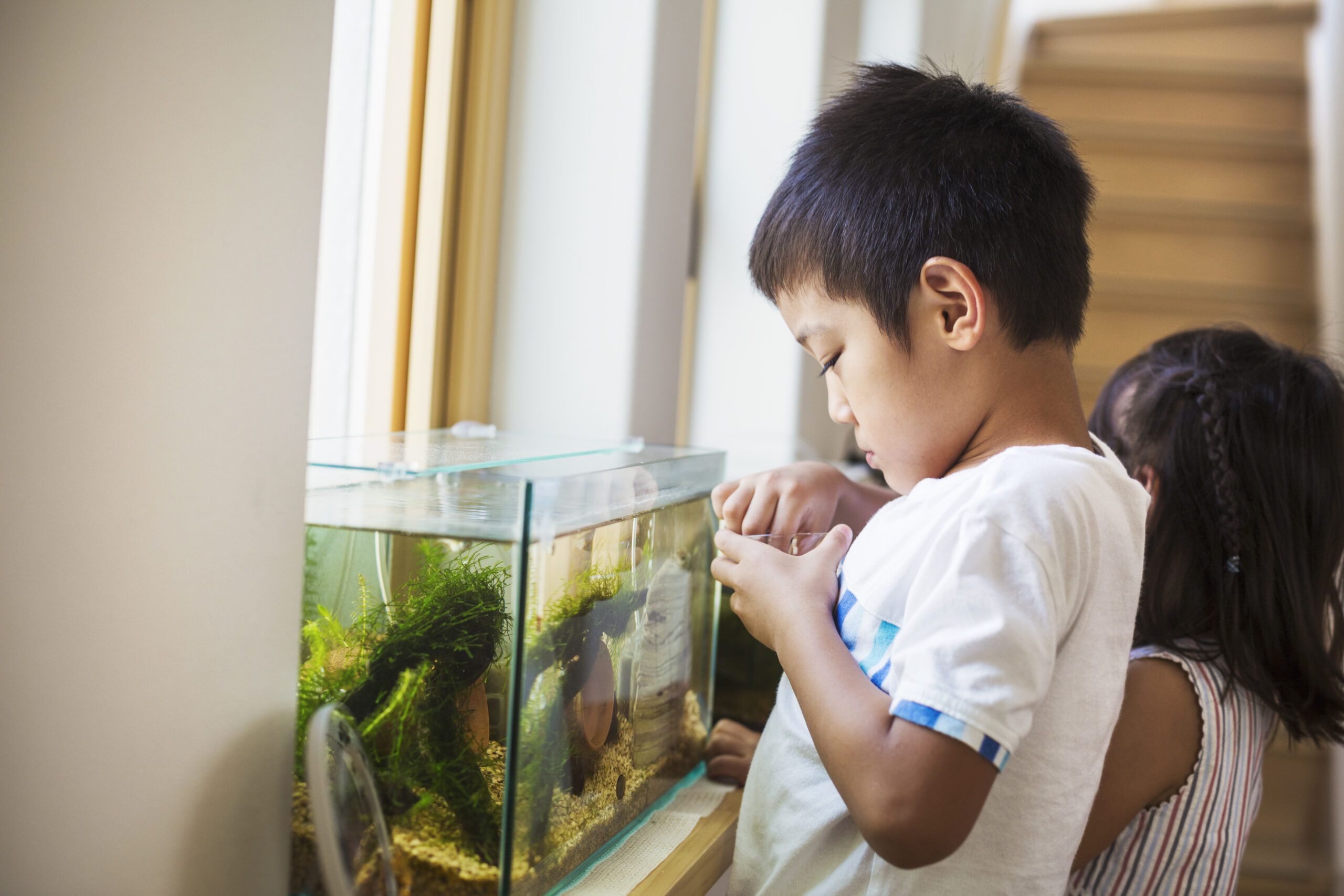Fish care is extensive, since it depends on the type of fish you have. If you have damsels, which are saltwater fish then you should have a large reef tank, or marine tank. Damsels are resilient, which the fish are capable of withstanding harsh water conditions. In addition, the fish do not fuss over what they eat. Damsels however are not in distress; rather the fish can be aggressive. It is recommended that you put no more than two damsels in the same tank.
If you add, more damsels or different fish prepare to lose money. If you intend to add other types of fish, make sure the creatures are aggressive also. Otherwise, purchase a new tank to store less aggressive, or delicate fish.
If you haven’t purchased saltwater fish at this time, look for the yellow tail damsels, blue damsels, and so on, since these fish are less aggressive. The Domino and 3-striped damsels are much more aggressive. Most people purchase damsels, since the fish are easiest to take care of, as well the fish are not as costly as other types of fish.
If you have other types of fish, you want to maintain the tank, making sure that the waters hardness is balanced. Waters alkali is concentrated and measured in terms of pH. It depends on the amount of magnesium and calcium dissolved in fish water, as to how hard the water is measured. Carbonates, hydroxides, bicarbonates, borates, and silicates dissolved in water determine the alkalinity balance.
You want to purchase test kits to balance hardness in fish water. Test kits include a measuring device, which expresses pH, alkinity, and hardness of water in PPM. (Parts per million) For instance, hard water is measured at 100, yet it can reach as high as 200 in hardness and alkalinity. Since, fish require a degree of hard water it is advised that you purchase a pH buffer, as well as a test kit.
If you have mollies, the fish can get used to salt water. However, freshwater fish typically desire unadulterated water. Mollie fish are inexpensive fish as well. The fish then can live in higher or lower pH balanced waters. To adapt the fish to saltwater, you want to start out by keeping the fish bagged in water and slowly drenching the fish over an 8-hour period in saltwater. You want to remove water from the bags before it overflows. Once you adapt the mollies to saltwater, you can prepare them for tank water.
However, it is recommended that you avoid mixing the mollies with aggressive fish, such as the 3-striped damsels, etc. Akin to the damsels, is the clown fish. The clownfish are also resilient. However, these fish find it difficult to adapt to new environments. Since clownfish are very protective, yet the fish typically battle other clown fish. Like damsels and other saltwater fish, the fish prefer reef tanks. Reef tanks include underwater ridges, which houses rocks and coral within the body of water. The water top is right below or slightly above the surface.
How to care for shrimp?
Shrimp (NO I didn’t call you a shrimp) fish include a variety of fish which each differ slightly in their need for care. The clean shrimps have a white strip on red down the center of their back. This fish is one of the fewer shrimps to have, since maintenance is relatively a low demand. You should keep the clean fish in a low capacity fish tank. That is, do not add more than 4 fish to a single tank. Sometimes making fish choices is not easy, especially since thousands are available.



